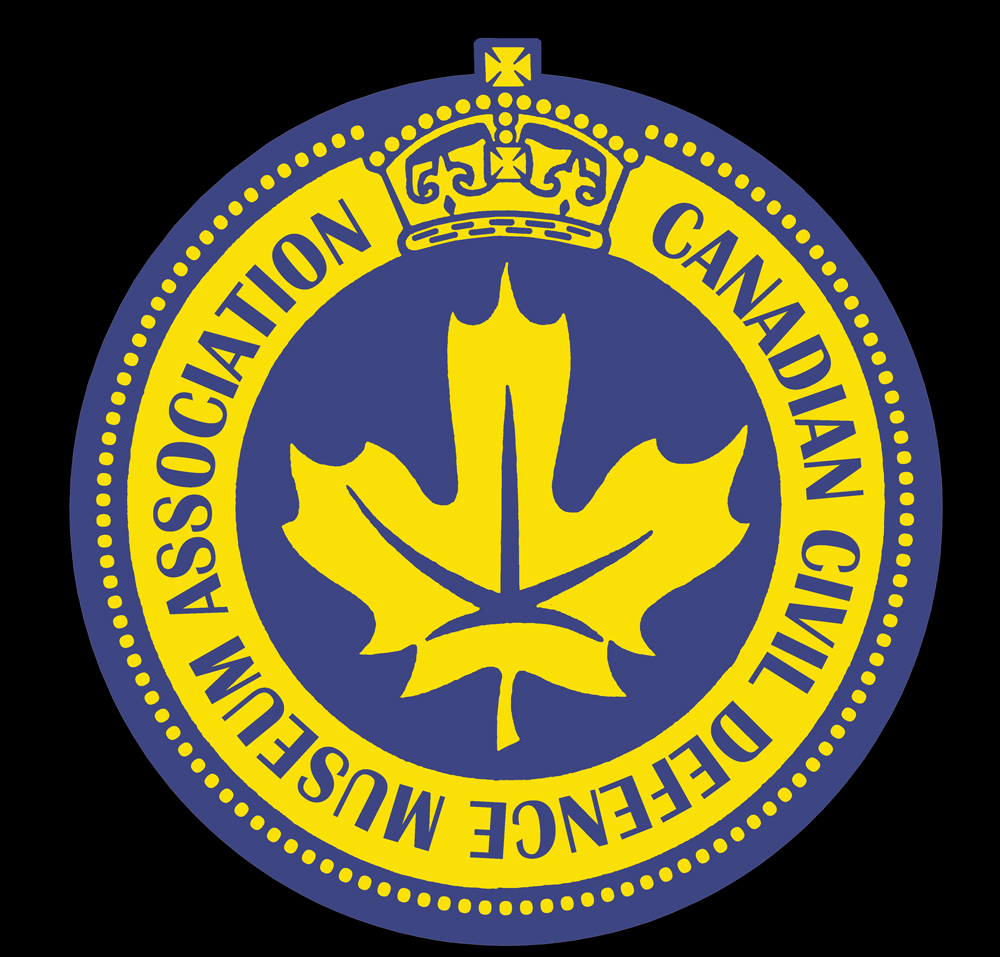General
1. The Canadian Federal Warning and Reporting System came into being in 1970. A decade earlier, it had been preceded by two parallel systems developed by the Canadian Army upon tasking by the then Prime Minister, the Rt Hon John G. Diefenbaker. Following a review of the state of the civil defence program throughout Canada that the PM had ordered the previous year, he stated in an address to the House of Commons on March 23, 1959 the following statement is essentially what the CFWRS was responsible for.(:
“….As a result of this review the government proposes to transfer certain of the responsibilities for civil defence functions in so far as the dominion is concerned, and to offer to assume directly certain responsibilities hitherto assumed by the provinces and the municipalities. The principal change proposed is that the army should undertake primary and direct responsibility for a number of the technical civil defence functions heretofore carried on by civil defence organizations at provincial and municipal levels. These will include warning of attack, the location and monitoring of explosions and radioactive fall‑out, the assessment of damaged areas, the decontamination and clearing of such areas, and the rescue of the injured in such areas.”
2. The Canadian Federal Warning and Reporting System (CFWRS) was a wartime Warning and Reporting organization that existed primarily to detect nuclear attacks and to provide fallout warnings to the public.
3, These functions were performed through a Warning element which used the Attack Warning Siren System ‑ inadequate as is was ‑ to provide the initial alert. This warning was then supplemented by radio broadcasts through the facilities of the CBC’s Emergency Broadcasting Service (EBS). The Reporting element was composed of all Canadian Forces bases, stations and units, each of which were designated as a Reporting Activity. Their role was to determine the location and time of nuclear, chemical or biological events and to report this information to the parent Provincial Warning Centre.
4. Through Canada‑US bilateral arrangements, the Canadian Warning and Reporting System formed a part of the larger NORAD Nuclear, Biological and Chemical Warning and Reporting System.
5. In peacetime, the role of the CFWRS was to ensure its personnel were fully trained and ready to react to a nuclear incident. This was accomplished through daily, weekly and monthly exercises conducted by the Federal Warning Centre. Formal training for designated personnel seldom took place although it was identified as mandatory prior to assignment. Personnel were therefore trained on‑the‑job and although this eventually resulted in a satisfactory level of expertise, it was inefficient and time consuming.
6. The CFWRS made use of many of the available DND data and voice communications systems that provided links to all Canadian and US defence agencies. The System was under the operational control of the Canadian Federal Warning Centre (CFWC) located at the Central Emergency Government Headquarters at Carp and that of the Provincial Warning Centres located in Regional (or Interim Regional) Emergency Government Headquarters in each of the provinces.
7. The Federal and Provincial Warning Centres had a total staff of twenty‑five (25) officers and non‑commissioned members excluding administrative support and telecommunications personnel and designated as “an NDHQ unit”. As such they received their direction from that headquarters.
8. In later years, there was an significant lack of interest and support for the functions performed by the Federal and Provincial Warning Centres. The System had operated primarily because of the personal dedication of its personnel who formed a cohesive, dedicated and thoroughly professional organization.
9. In the years following 1988 passage of the Emergencies Act and its “sister”, the Emergency Preparedness Act, there was no effort to bolster or to redefine the roles and functions of the CFWRS. The Department of National Defence viewed it as an anachronism. With the end of the Cold War (and with it, the threat of massive nuclear attack on North America) there was no longer any useful function that it could perform and it was decommissioned in its entirety in the early 1990s.

